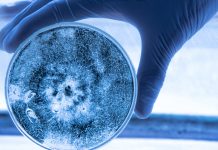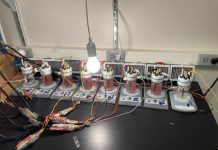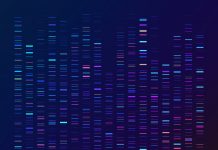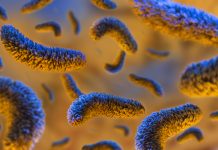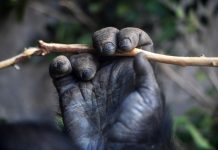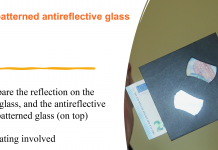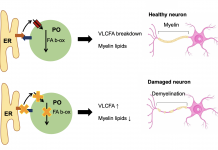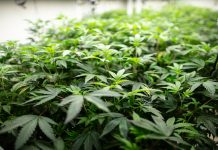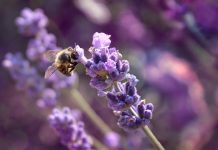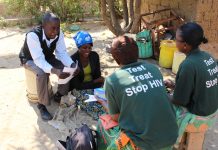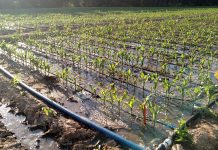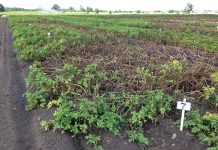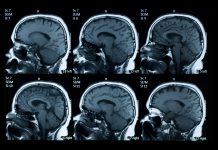Home 2023
Archives
Biocontrol fungi for plant disease research
Susanne Zeilinger, University Professor for Microbiology, underscores sustainable solutions for plant disease research, focusing on the power of biocontrol fungi.
How to convert CO2 to bioplastics in the age of global warming
Arpita Bose, PhD, Associate Professor, describes how to convert CO2 to bioplastics through new bugs and novel tools with a focus on fighting global warming.
AARS urzymes: Experimental biochemistry to map genetic coding
Dr Charlie Carter from the University of North Carolina at Chapel Hill explores how advances in enzymology and phylogenetics enable biochemical measurements that could map the ancestral development of genetic coding.
Leveraging psychedelic therapies for binge eating disorder
Here Tryp Therapeutics examine the viability of using psychedelic therapies for Binge Eating Disorder and the potential results that using psychedelic-assisted psychotherapy could have on different eating disorders.
The development of research software engineering as a profession
Dr Joanna Leng at the School of Computing explores Research Software Engineering (RSE) as an emerging profession, and how computing technology is core to many professions.
Exploring the possibilities of bacteriophages for tuberculosis
Bacteriophages have long offered prospects for treating bacterial infections. Is it time to use phages to control tuberculosis? Professor Graham F. Hatfull explores this.
The function of fingerprints: How can we grip?
Professor Gun-Sik Park, in the Department of Physics and Astronomy at Seoul National University explores the function of fingerprints from a lens of understanding the mechanism of our human ability to grip.
Sustainable production of pheromones now a reality
When the PHERA Project started, it was with an ambitious goal to prove that insect pheromones can be produced using a biological rather than a chemical process.
Genetic coding: Roots of genetic readout in nucleic acid structural duality
Charles W. Carter, Jr, from the Department of Biochemistry and Biophysics, University of North Carolina at Chapel Hill explores the roots of genetic readout in the inherent structural duality of DNA and how genetic coding expanded its potential, enabling life to emerge.
Nanotexured surfaces could be transformative – If given a chance to flourish
Professor Parvaneh Mokarian, founder of the technology and SUN-PILOT coordinator from Trinity College Dublin and AMBER centre looks at the possibilities and applications of nanotextured surfaces.
Peroxisomes, lipids, and neurodegeneration
Prof. Michael Schrader at the University of Exeter looks to understand the role of peroxisomes in human health and disease.
Visualizing the anti-inflammatory cannabinoid Type-2 receptor
Medicinal chemists describe how small molecule probes allow for the detection of CB2R, and thereby enable the discovery of novel anti-inflammatory treatments.
RR-TB treatments, testing bedaquiline and injectable kanamycin
Here, Professor Andre Nunn from Medical Research Council Clinical Trials Unit at UCL, explores tuberculosis with a focus on RR-TB treatments (rifampicin-resistant) and their drug combinations.
Biodiversity COP15 – A stepping stone towards effective access and benefit sharing
Here, Dominic Muyldermans and Markus Wyss explore the opportunities and challenges on the journey towards effective access and benefit sharing across the globe.
PopART: Universal testing and treatment to stop HIV spread
Here, Professor of Epidemiology & International Health Richard Hayes explores and details the PopART study and other trials of Universal Testing and Treatment, a promising strategy to reduce HIV spread.
Weathering the storm: Exploring flooding in agriculture
Christine Sprunger, the Assistant Professor of Soil Health at Michigan State University, aims to understand how the flooding in agriculture has increased with climate change and how farmers can better adapt.
The idea of self-organisation in biology and its critics
Using the example of Alan Turing’s paper on morphogenesis, Ute Deichmann at Ben-Gurion University of the Negev explores self-organisation in biology.
Sustainable plant & crop production systems in Europe
Professor Laura Grenville-Briggs shares her stance on working together to counter the threat of oomycete diseases, focussing on trans-sectoral approaches to support sustainable plant...
Understanding amyloid beta and Alzheimer’s disease: the key to helping AD patients
Efforts to prevent or treat Alzheimer’s Disease (AD) by targeting Amyloid beta (Aβ) assemblies should be continued, but the strategies should be altered dramatically.
Discussing early innovation software by example of the PERPL software
Dr Joanna Leng, School of Computing, University of Leeds, UK, presents a project from the fellowship, on the PERPL (pattern extraction from relative positions of localisations) software which analyses super-resolution light microscopy (SRLM) data.


